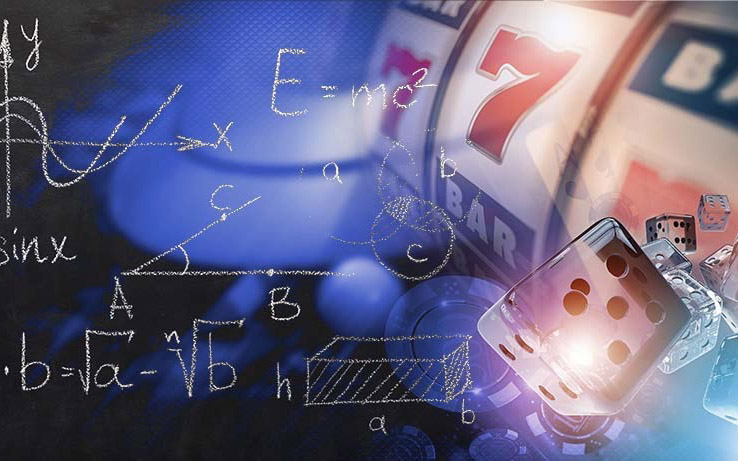
Understanding casino odds is essential for making sound gambling choices. The ability to read and analyse odds enables players to calculate possible payouts and winning chances in various casino games. In this guest post, we will go into the world of casino odds, analysing various forms, presenting examples, and arming you with the information to make better gambling decisions.
Different Formats of Casino Odds
Casino odds can be presented in various formats, including fractional, decimal, and moneyline. Let’s explore each format and its interpretation:
A. Fractional Odds: Fractional odds are commonly used in the United Kingdom and are presented as a fraction, such as 3/1 or 5/2. The numerator represents the potential profit, while the denominator indicates the amount wagered. For example, with odds of 3/1, a $10 bet would yield a profit of $30 ($10 x 3/1) in addition to the original stake.
B. Decimal Odds: Decimal odds, prevalent in Europe and Australia, are presented as decimal numbers, such as 2.50 or 1.80. These odds represent the total return, including the original stake, for every unit wagered. For instance, with odds of 2.50, a $10 bet would result in a total payout of $25 ($10 x 2.50).
C. Moneyline Odds: Moneyline odds, commonly used in the United States, can be expressed as positive or negative numbers. Positive numbers indicate the potential profit on a $100 bet, while negative numbers show the amount needed to wager to win $100. For example, with odds of +250, a $100 bet would yield a profit of $250, while odds of -200 would require a $200 bet to win $100.
Calculating Implied Probabilities
Understanding how to calculate implied probabilities from casino odds is essential for assessing the likelihood of an event occurring. Let’s explore how to calculate implied probabilities for different odds formats:
A. Fractional Odds: To calculate the implied probability from fractional odds, divide the denominator by the sum of the numerator and denominator, and then multiply by 100. For example, odds of 3/1 would have an implied probability of 1 / (3 + 1) * 100 = 25%.
B. Decimal Odds: Implied probabilities for decimal odds can be calculated by dividing 1 by the decimal odds and multiplying by 100. For instance, with odds of 2.50, the implied probability would be 1 / 2.50 * 100 = 40%.
C. Moneyline Odds: Converting moneyline odds to implied probabilities depends on positive or negative values. For positive odds, divide the odds by the sum of the odds and 100, and then multiply by 100. For example, odds of +250 would have an implied probability of 250 / (250 + 100) * 100 = 71.43%. For negative odds, divide 100 by the absolute value of the odds plus 100, and then multiply by 100. For odds of -200, the implied probability would be 100 / (200 + 100) * 100 = 33.33%.
Comparing Odds and Finding Value
Players might uncover value opportunities by analysing odds supplied by several casinos or bookmakers. Look for casinos that give higher chances for the same outcome, as this may signify a larger payoff. Knowing how to read and evaluate odds enables you to make more informed judgements and potentially boost your winnings.
Understanding Favorite and Underdog Odds
In casino gaming, the odds distinguish between favourites and underdogs. Favourites have a higher chance of winning, whereas underdogs have a lower chance of winning. The odds reflect these probability, with favourites having lower odds and underdogs having higher odds. Understanding how favourites and underdogs interact can assist you in determining risk and potential compensation.
Conclusion:
It is critical to be able to read and understand casino odds in order to make informed gaming selections. You can approach casino gambling with more confidence if you are familiar with different odds formats, calculate implied probability, compare odds, and comprehend the notion of favourites and underdogs. Remember that odds are only one component of the picture, and luck still plays a role. Set limits, gamble sensibly, and enjoy the thrill of the games with a greater grasp of the chances.